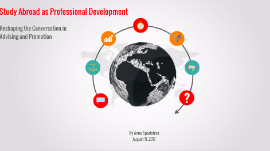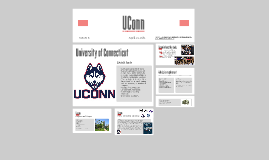UConn
Transcript: 83% graduate within 6 years $12,537 average financial aid Large 4 year public university It offers associate,bachelor's, master's and doctoral degrees This college is located in a large town in a rural setting and is primarily a residential campus Located in Connecticut 18,032-total undergrads 3,755-degree-seeking freshmen the mascot is a husky Admission requirement GPA and SAT doesn't have specific requirements for GPA but 97% of the top half of classes get in % of first-time freshmen who submitted SAT scores: 91% Bachelor's 13%Health Professions 12%Business/Marketing 12%Social Science 9%Engineering 8%Psychology 7%Biology 6%Communications/Journalism 6%Liberal Arts Associate 100%Agriculture Degrees Offered Associate, Bachelor's, Master's, Doctoral Activities Campus Ministries, Choral Groups, Concert Band, Dance Activity, Drama/Theater, Film Society, Fraternities, Government or Political Activity, International Student Organization, Jazz Band, Literary Magazine, Marching Band, Model United Nations, Music Ensembles, Musical Theater, Opera, Pep Band, Radio Station, Sororities, Student Newspaper, Symphony Orchestra, Television Station, Yearbook Sports Badminton, Baseball, Basketball, Bowling, Cricket,Cross-Country, Diving, Equestrian, Fencing, Field Hockey, Football, Football(non-tackle), Golf, Ice Hockey, Judo, Lacrosse, Racquetball, Rowing (Crew), Rugby, Sailing, Skiing, Soccer, Softball, Squash, Swimming, Table tennis, Tennis, Track and Field, Track: Indoor, Track: Outdoor, Volleyball, Water Polo, Weightlifting, Wrestling founded in ................................................................... high school classes: Required- 4 years of English 2 years of a foreign language 3 years of math 2 years of science 2 years of science lab 2 years of social studies 3 years of Academic Electives Cost: On Campus, Off Campus, At Home Tuition and fees $12,700 $12,700 $12,700 Room and board $12,074 $12,074 $5,608 Books and supplies $850 $850 $850 Estimated personal expenses $1,650 $1,650 $1,200 Transportation expenses $1,000 $1,000 $1,400 Estimated Total $28,274 $28,274 $21,758 website: https://bigfuture.collegeboard.org/college-university-search/university-of-connecticut April 21, 1881 Uconn interesting facts Uconn University of Connecticut Quick facts 2014 both men and woman basketball team won. UConn recently has received two state grants of $1 billon each (in '96 and '02). That money has meant that nearly every building and academic program is getting some sort of upgrade. UConn's fall 2008 entering class included 131 valedictorians and salutatorians. Extra-curricular activities Uconn UConn Degrees and Majors

















